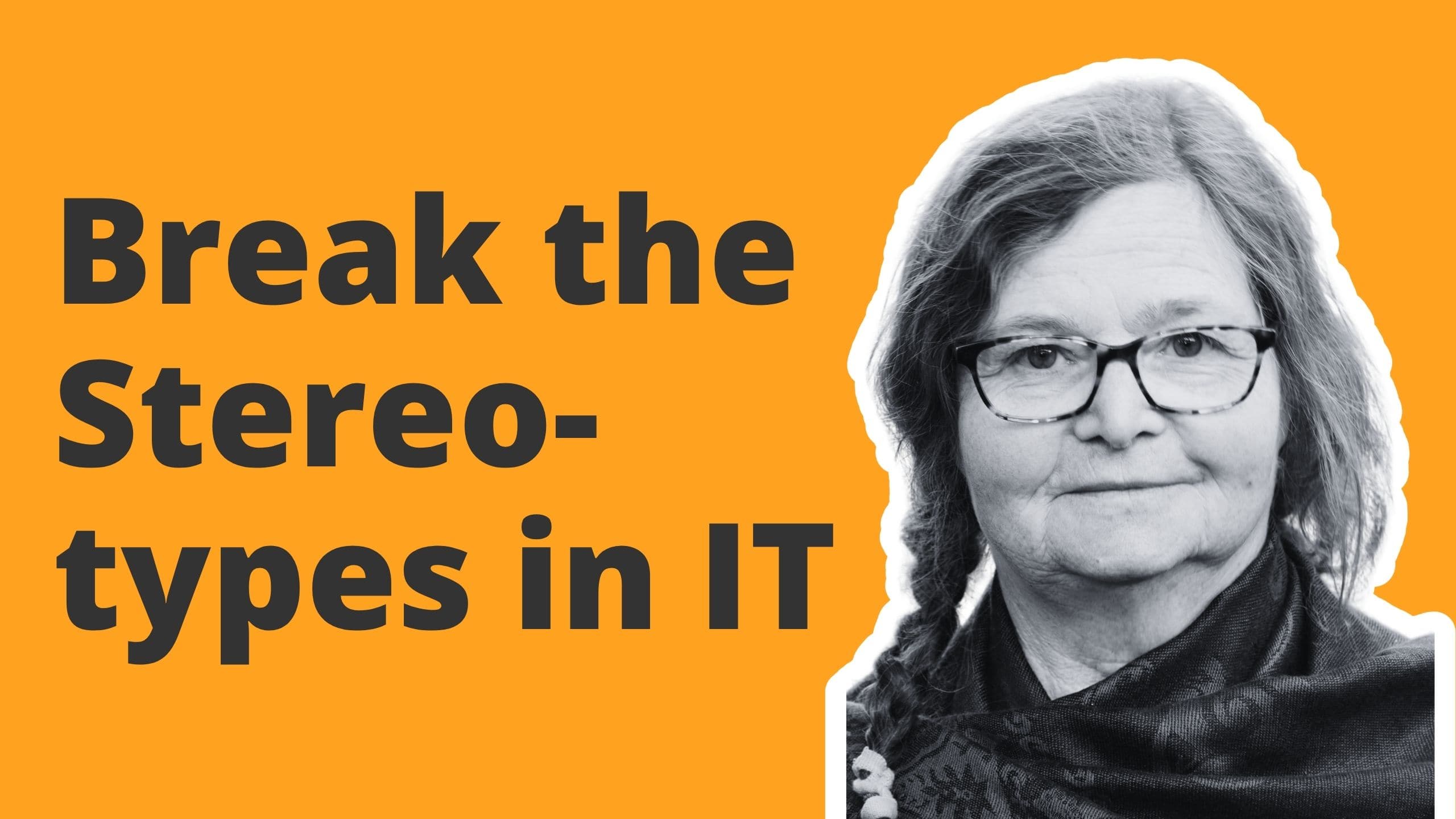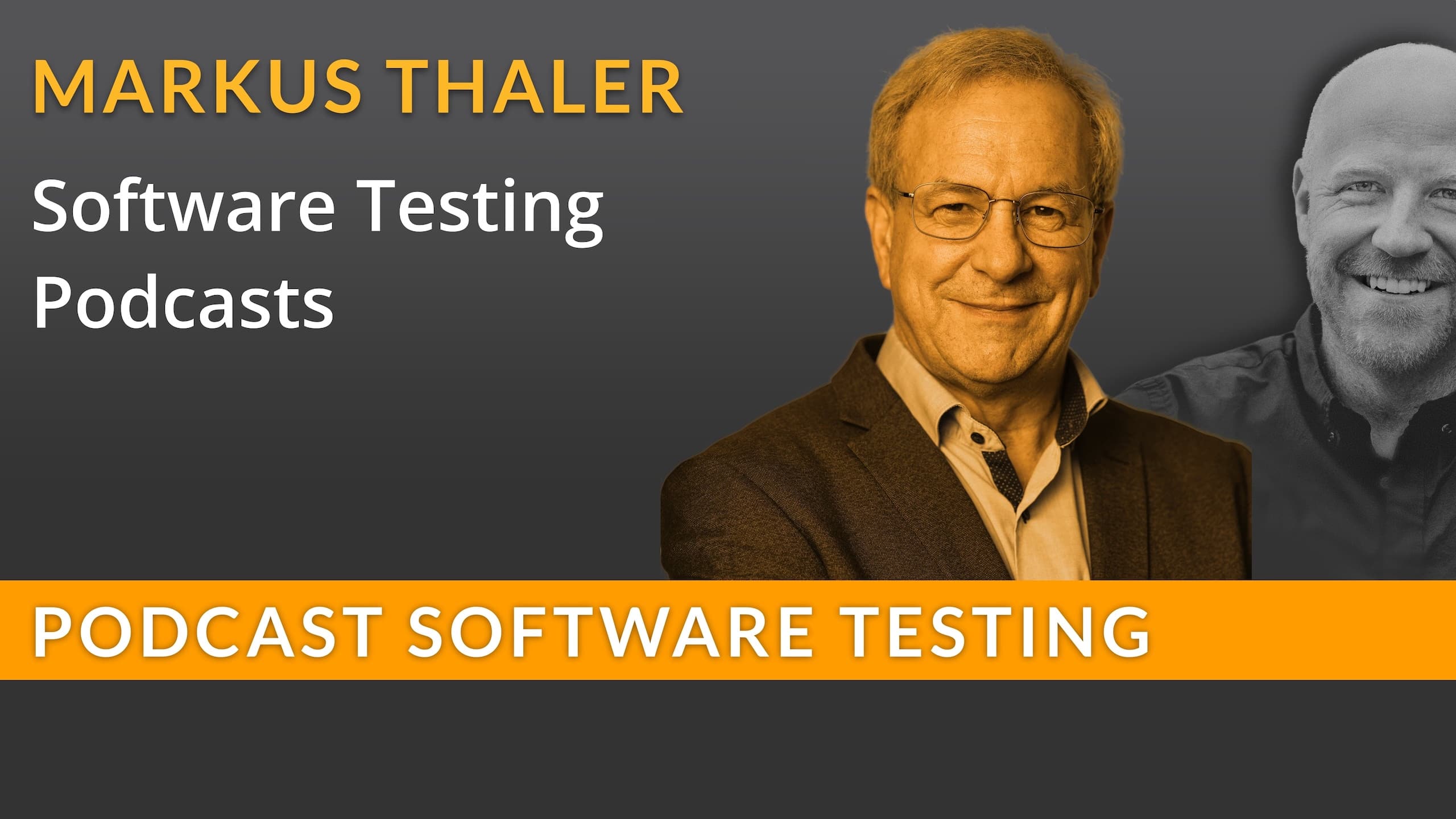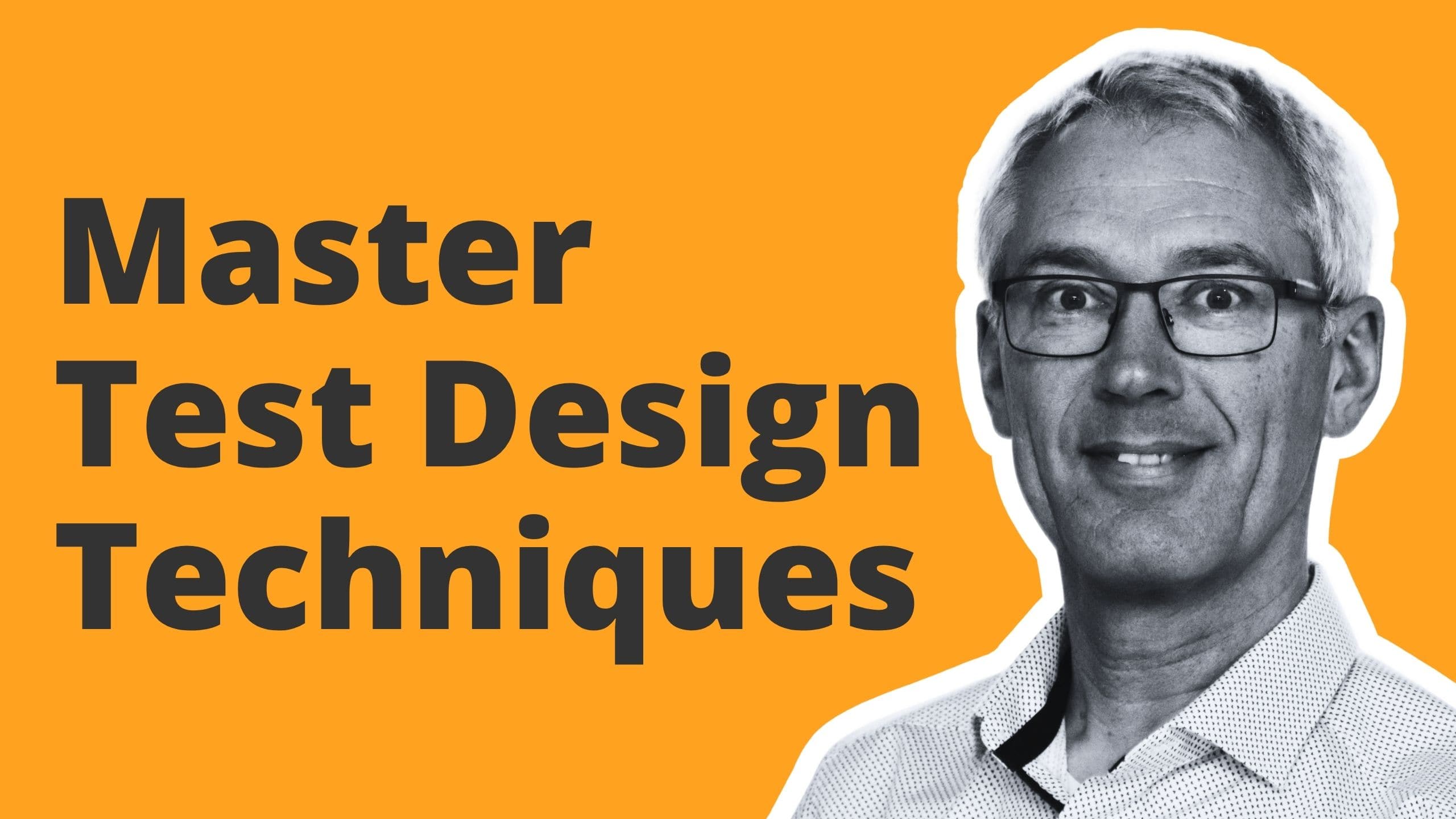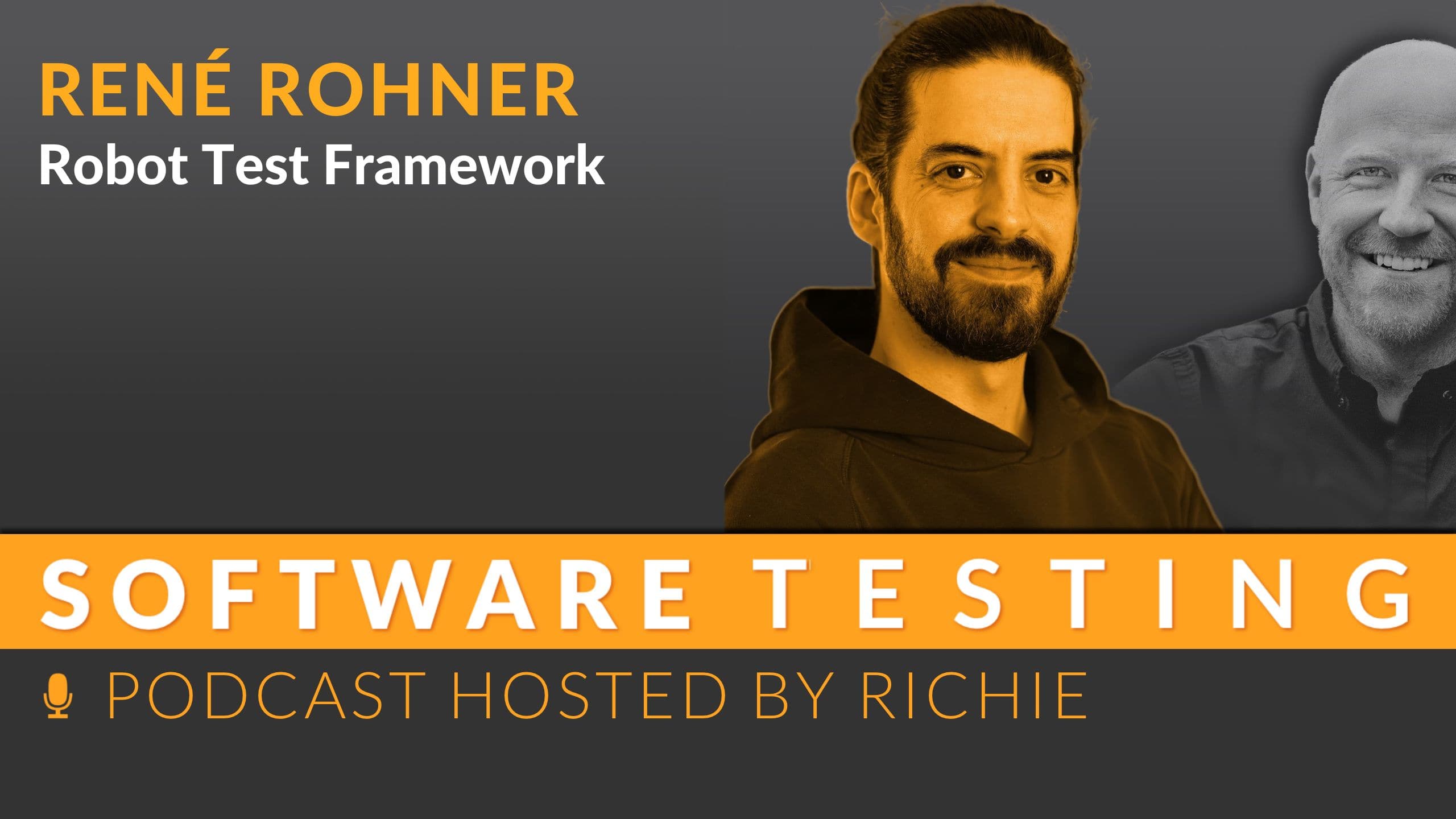Software Testing Podcasts
Podcasts for testers provide an innovative platform to effectively reach target audiences and shed light on the motivation behind the creation of...

There a typical stereotypes surrounding testers in the tech industry. It challenges the notion that testers are predominantly introverted and socially awkward by presenting evidence of diverse backgrounds and interests among professionals in this field. The findings reveal that many testers possess creative hobbies such as music composition and theater, contributing to a rich tapestry of skills that enhance their work. The conversation also raises critical questions about recruitment practices, urging a reevaluation to foster greater diversity. By recognizing the multifaceted identities of testers, the industry can pave the way for more inclusive and innovative software development practices.
In this episode, I talk with Isabel Evans about breaking stereotypes in the IT and testing industries. We go into the common misconceptions about testers, like the idea that they are mostly quiet, socially awkward individuals. Isabel shares her research findings, revealing that testers come from a wide array of backgrounds, including acting and arts. We discuss how this diversity enriches the field and challenges current hiring practices. The conversation opens up new perspectives on creating more inclusive environments in tech, prompting us to rethink who we see as a good fit for these roles.
"What if testers have hobbies like acting, boat building, urban planning or even music composition?" - Isabel Evans
After over 30 years in industry, software quality and testing practitioner Isabel Evans is now a PhD student at the University of Malta. Her research takes a human-centered approach to the development of testing tools. This arose from real experiences in industry and led to the academic papers: 'Stuck in Limbo with Magical Solutions', 'Scared, Frustrated and Quietly Proud', and 'Test tools: An illusion of usability'. Research continues with modeling and testing a framework of heuristics to help teams develop and evaluate testing tools. Isabel is the author of the book "Achieving Software Quality Through Teamwork" and has chaired EuroSTAR (2019) and HUSTEF (2018). Her tutorials and storytelling keynotes are very popular at conferences worldwide. She is a Fellow of the British Computer Society and was awarded the EuroSTAR Testing Excellence Award in 2017.
The Illusion of the Typical Tester is a myth that needs to be debunked to create a more inclusive and effective tech industry. This article delves into stereotypes in IT and testing, shedding light on the diverse backgrounds and experiences of testers. By challenging these stereotypes, we aim to promote diversity and inclusion in the tech field.
It's important to recognize that digitalization needs personality, which includes embracing the unique traits and experiences of individuals within the industry. Join us on a journey to explore the untold stories of testers and advocate for a more representative and innovative future in IT.
Isabel Evans' research challenges the prevailing myths about who testers are and what backgrounds they come from. Her work reveals that the commonly held stereotype of testers — as socially awkward, narrowly focused individuals with limited interests — is a significant oversimplification. Through surveys and data collection since 2017, Evans discovered that testers come from an unexpectedly broad range of backgrounds, both professionally and personally.
The research highlights that recruitment filters play a crucial role in shaping the workforce in IT and testing fields. These filters often favor candidates who fit traditional stereotypes or specific educational paths, such as those with degrees in computer science or related technical disciplines. This narrow focus can unintentionally exclude talented individuals whose diverse experiences might bring fresh perspectives to testing roles.
Evans points out examples of testers with backgrounds in boat building, theater studies, urban planning, arts, and various other disciplines. Many have hobbies connected to creative arts like music composition or acting, which contributes to different approaches in problem-solving and innovation within teams. These diverse interests help break down communication barriers and foster richer collaboration.
The importance of embracing this diversity among testers cannot be overstated:
Evans’ findings suggest that hiring practices should move beyond rigid filters based on narrow stereotypes. Instead, organizations need to recognize the value brought by varied backgrounds to build stronger, more adaptable testing teams capable of meeting complex challenges.
Isabel Evans' research highlights the rich diversity among testers, revealing a wide range of educational backgrounds, professional experiences, and personal interests that challenge conventional stereotypes. People entering testing come from degrees in arts, sciences, social sciences, IT, and often without formal degrees at all. Their previous jobs span various industries and roles, illustrating that tester profiles are far from uniform.
Hobbies and interests play a significant role in shaping how testers approach their work. A striking number of testers engage in arts-related hobbies such as music composition, theater studies, boat building, urban planning, and other creative pursuits. These activities nurture creativity and active engagement rather than passive consumption. For example:
Communication styles within testing teams often correlate with degree subjects, influencing how testers express ideas and collaborate:
This spectrum of communication styles fosters diverse ways of sharing knowledge within teams. Combining different backgrounds enhances collaboration by bridging gaps between technical precision and human-centered storytelling. Embracing such diversity expands the capability to convey risks, insights, and solutions clearly across organizational boundaries.
Moreover, the diversity among testers also opens up avenues for personal development, which is crucial for strengthening the agile mindset within teams. By focusing on individual values and personality development, collaboration can be further promoted leading to greater success.
In Isabel Evans' research, she delves into the concept of the illusion of usability in test tools. This phenomenon occurs when users perceive tools to be user-friendly based on their appearance but encounter functionality issues in practical use. The discrepancy between perceived usability and actual effectiveness can hinder testers' workflows and productivity.
To address this challenge, it is crucial to integrate a User Experience (UX) perspective into every stage of test tool design. By considering usability from the initial concept development phase through to final usability testing, designers can ensure that tools not only look appealing but also provide seamless functionality in real-world testing scenarios. A strong emphasis on user-centric design principles can lead to tools that truly enhance testers' efficiency and overall experience.
By debunking the illusion of usability and prioritizing a comprehensive UX approach, testers can access tools that align with their needs and facilitate smoother testing processes. This shift towards a more user-focused design methodology is essential for overcoming stereotypes about testers and promoting inclusivity within the tech industry.
Heuristics are practical guidelines or rules of thumb that help designers make informed decisions without requiring exhaustive analysis. In the context of test tool design, heuristics serve as valuable aids to navigate the complex factors influencing usability and effectiveness. They encourage designers to ask critical questions about user needs, workflows, and tool functionality, fostering tools that genuinely support testers' work rather than simply presenting an attractive interface.
Isabel Evans’ collaboration with academic Hussain Dugan brought a focused contribution to this area by developing a set of heuristics specifically tailored for test tool design. Instead of attempting to create a comprehensive framework—which proved too complex given the vast variability in testing contexts—they devised twelve heuristic questions. These questions are designed not to provide fixed answers but to prompt reflective design choices throughout the tool development lifecycle.
These heuristics act as flexible instruments rather than rigid checklists. Depending on the context, some may take precedence over others or require revisiting as the design evolves. Early case studies applying these heuristics have demonstrated their usefulness in uncovering overlooked usability issues and encouraging more user-centered solutions.
The heuristics will be made publicly available under a Creative Commons license. This openness allows anyone involved in creating or evaluating test tools—from vendors to open-source developers—to adopt and adapt these principles as part of their design process. Their practical nature aims to empower teams to move beyond superficial usability toward tools that truly enhance testers’ capabilities and wellbeing.
It's important to address the common challenges HR professionals face when trying to promote diversity in their recruitment processes. This is crucial for creating a more inclusive tech industry. These challenges often arise from unconscious bias or outdated job descriptions, which hinder the progress of diverse talent in tech roles.
To overcome these obstacles and build a more diverse workforce, we need to use evidence-based approaches in our recruiting practices. Here are some recommendations for transforming these practices:
By anonymizing resumes during the initial screening process, recruiters can focus solely on the candidate's qualifications and skills without being influenced by implicit biases related to gender, ethnicity, or other factors.
Conducting structured interviews that emphasize assessing candidates' skills and competencies rather than cultural fit can help mitigate biases and ensure fair evaluation of all applicants. This approach shifts the focus towards identifying candidates' potential contributions to the team based on their abilities.
By adopting these evidence-based strategies, HR professionals can create a more equitable recruitment process that values diversity and empowers individuals from various backgrounds to excel in tech roles. Promoting diversity not only enriches teams with different perspectives and experiences but also contributes to driving innovation and creativity within the tech industry.
Furthermore, embracing agility, which provides a framework for creatively mastering future challenges, can further enhance personal and team-oriented development in this evolving landscape.
In future-proofing IT departments, it is evident that fact-based evaluations in software development and testing are crucial to challenging stereotypes and promoting diversity. By acknowledging the illusion of the typical tester, we can pave the way for a more inclusive and effective tech industry.
It is imperative that all stakeholders work together to break barriers and foster a culture of diversity within the tech community. Advocacy for diverse hiring practices is not just a recommendation but a necessity for building a stronger and more innovative future in IT.

Podcasts for testers provide an innovative platform to effectively reach target audiences and shed light on the motivation behind the creation of...

Test design techniques challenge many testers. They have extensive knowledge but rarely apply it in their daily practice. We have to focus on...

In recent years, the Robot Framework has evolved from a testing tool to a versatile automation platform. Thanks to its technology-agnostic...